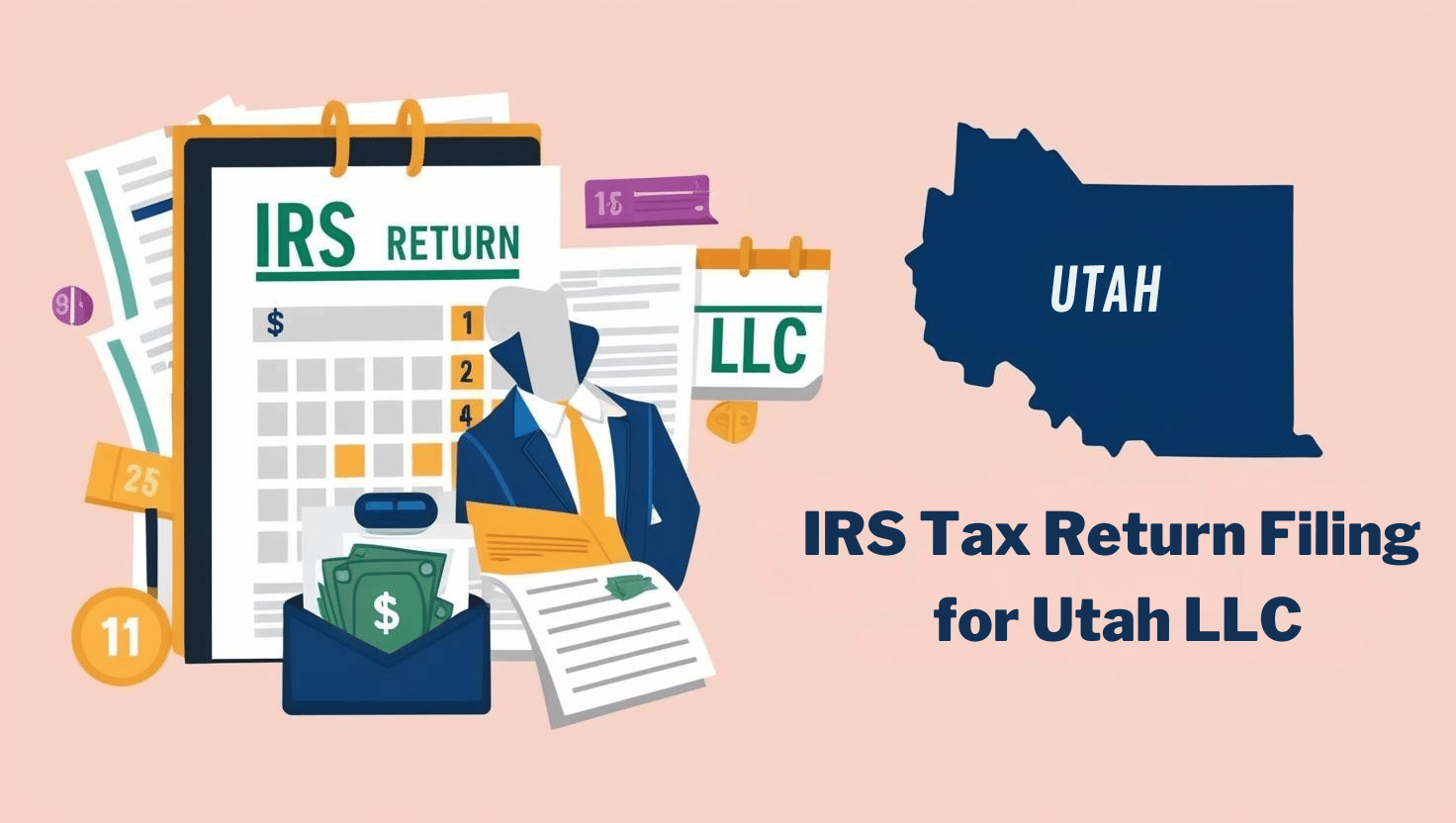Every business starts with an idea, a problem that one wants to solve which has the potential to evolve entire industries. Filling out all these forms and convincing others of your business model isn’t as simplistic as it may seem. It will widget into why your business takes off. All this costs money which is one of the tangible factors every business needs to have.
There are many avenues to pick from if you want to raise some money for your business, it can be opening a nontraditional retail store or simply asking people for suggestions and planning research into one of the high-tech projects.
Bringing your idea to life can seem impossible but there are many factors to consider such as how much money you need and how you plan on getting that money.
Seeking financing may look challenging but it is possible to obtain the required funds to grow by proper strategizing, planning, and pitching. This article will give you insights on how to raise capital for a US startup.
Determine Your Funding Needs
Before talking to potential investors or applying for loans, determine your capital requirements. Think about:
- Startup Costs (Equipment, Technology, Office Space, Licenses, etc.)
- Statutory Depreciation (Payroll, Marketing, Utilities)
- Unexpected Costs Contingency
Creating a well-defined vision of what you want to achieve alongside a budget and forecast will enhance your pitch and make potential investors feel like investing in your project is a smart move.
When assessing expenses, include a timeframe for when the expenses will be incurred. For instance, a tech startup might have high expenditures at the beginning of development while a service-oriented business will gradually expand. Adding a time frame that can be achieved helps strengthen your structure.
An effective way to help ensure that essential operations are prioritized in a funding process is to detail costs into categories, for example into “must-have” and “nice-to-have”.
Understand Different Funding Options
There are many types of funding options available to a startup, each having its benefits and disadvantages. Here is a summary:
✅ Bootstrapping: Using personal savings or revenue from initial sales. This approach gives you complete control but limits scalability. While bootstrapping demonstrates your commitment, it can be limiting if significant capital is required for expansion.
✅ Friends and Family: Borrowing from people close to you who believe in your idea. Make sure that all terms of the lending are strictly such that there are no personal disputes. Use legal documents with all involved defining what is expected of them to get rid of confusion. Additionally, I would suggest limiting how much each user can invest so that no one puts too much strain on a relationship.
✅ Angel investors: Affluent people who provide funds to new businesses in exchange for equity. In addition to money, they’re prepared to provide mentoring. Angel investors come with a range of professional experience and expertise in different fields. So, search for angel investors who are experienced in your area. without highlighting the expected long-term benefits from that investment.
✅ Venture Capitalists (VCs): An equity firm that invests in young firms that have the potential to grow rapidly. Although VCs are ideal for rapidly growing companies their level of control may be too much to handle. Venture capitalists are most likely to be found in the same business sphere as your business to assist you in all aspects of your business. Starting to build a network with VCs before even looking for funds may help you as well.
✅ Small Business Financing: Startups can readily seek out banks and online lenders for loans. Remarkable success is guaranteed for developers who have an outstanding business idea along with a great credit history. The SBA (Small Business Administration) also participates, on some occasions as a low-interest lender to eligible start-ups. So you need to check the rates and terms of several lenders.
✅ Crowdfunding: Websites like Kickstarter or Indiegogo give options to raise from many people willing to fund in the hope of receiving a reward or receiving a stake. Furthermore, when it comes to the equity crowdfunding perspective, SeedInvest helps a lot as it brings many serious and larger investors into play. Set your campaign with achievable goals and a fun system of rewards to get people to join.
✅ Government Grants and Programs: Other programs such as the Small Business Innovation Research (SBIR) for non-dilutive funding may be useful. A handful of grants are focused on specific industries, specific demographics, and/or areas, so make sure to customize the application based on this. However, note that deadlines are set and competition can be quite high, thus make sure to understand how the application is to be submitted.
✅ Business-community: Programs like accelerators and incubators have certain conditions such as providing funds, mentoring, and other resources in exchange for a small stake. Some of them include Y Combinator and Techstars, which also offer an opportunity to help out with networking. Most of the accelerators end with a demo day where the selected startups present their ideas and products in front of a room full of investors.
Build a Compelling Business Plan
A business requires resources on a full package that portrays that it has the intent of development in the long run. It should include the following sections:
- Overview/ Executive Summary
- Market Background
- Information related to products/services
- Model of revenue
- Customer acquisition and selling
- Predicted cash flows
- Structure of the team
A detailed business plan is useful in demonstrating what the goal is and what the return on investment is likely to be (‘ROI’). Furthermore, to substantiate this explanation, it is necessary to have a specific analysis of competitors and indicate what distinguishes your startup from the competition. For example, bring out innovations, cost benefits, or new geographical areas that other investors are not serving.
Economic put forward surveys with detailed customer data or technical documents in the appendix. These aspects can serve as boosters to your credibility and help show how serious you are in the preparation.
Develop a Winning Pitch
Your pitch is your pass, make it strong enough. Elements that increase the chances of your pitch working include the following:
The Problem & the Solution: Explain as clearly as you can the need that your start-up fills and what is new in it.
Market Opportunity: Talk about the market you have chosen and how big it can become.
Traction: Talk about the success you have registered so far, around that hour, or payments received.
Team Strength: Focus attention on areas your team has experience in and determine their reason for success.
Financial Plan: State the figures you expect clearly, together with a plan of how the funds will be allocated.
Use graphs and slides while making your presentation discuss more than the facts for an emotional engagement and the reasons why you believe in your cause.
Have a short elevator pitch ready, just in case you meet someone and am not able to pitch them properly, this should cover the basics of your business within 30 seconds.
Network Strategically
It is important to focus on building relationships as these would be necessary to raise funds. Participate in startup events, go to pitch competitions, and attend industry conferences. Use LinkedIn to reach out to investors, mentors as well as other entrepreneurs. You can also reach out to your network and request them to introduce you to their connections.
Become a member of local business groups or chambers of commerce, so you are able to connect with key people in your region. You can also check sites such as AngelList or Startup Grind aiming to get business contacts throughout the world.
If you have the chance, take part in online events or webinars as some of them regularly invite investors and experienced ones at that, so in addition to receiving business contacts, you may hear diverse opinions on several professional matters.
Prepare for Due Diligence
To begin, investors will perform due diligence and examine your startup closely before buying in. Your records may need to include the following documentation:
- Financial statements
- Legal documentation (for example, incorporation papers, IP agreements, contracts)
- Customer details and market analysis
Being open and well-structured can win the confidence of investors. It is advisable to conduct an internal assessment of your company’s operations before inviting investors on board. Seek the counsel of a financial or legal counsel when you can to solve any issues well in advance.
In order to facilitate the due diligence process, set up a virtual room that is safe and neat. This shows professionalism and makes it easy to retrieve pertinent information.
Explore Alternative Funding Options
If the above resolver does not help, try adding:
Revenue-Based Financing: A percentage of your income is owed until the debt is done.
Specific Industry Grant: Certain companies will provide funding for start-ups in the mentioned sectors like tech, health care, and sustainability, reach out to private foundations, and other non-profit funding avenues.
Strategic Partnerships: Work with existing brands and firms that may pump money into your business, partnerships bring in both funding and goodwill.
You can also barter or trade services. For example, if your social media marketing startup is tech-focused, seek a tech startup and offer them your marketing services in exchange for their product development services.
For those who already have some sort of property, it is also possible to raise an asset-backed loan. Such loans take some personal or business property as collateral and may provide better terms.
Final Thoughts
Obtaining funding for your business in the US can be a little bit of a process, time, and hustle. First, know how much you will need, then look for the appropriate type of funding, network with people who can help you get the funding and make your dream come true.
Always remember, getting funds is not only about getting money, rather it is looking for the right kind of investors who understand your vision and will be able to help you expand.
Stay flexible during this phase of your business. If you can turn left and right, while other people can only go forward, it will make you stand out from the competition. Fundraising settings might be and usually are quite tense, but success comes with work, eagerness, and the ability to sell oneself.
Contact Easyfiling to form your US LLC for fundraising.
File Your LLC Today
25$ off with a coupon
Lock in EasyFiling's transparent rates and get lifetime compliance support at no extra cost.
Get Started Now







